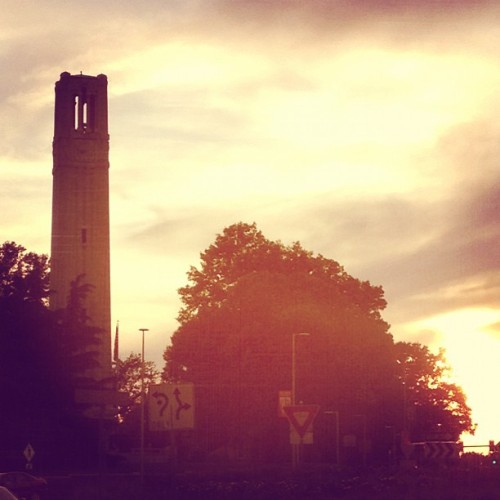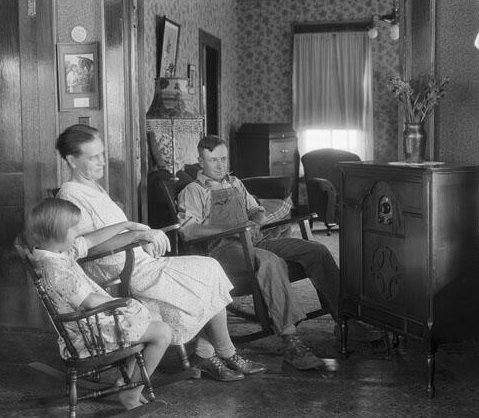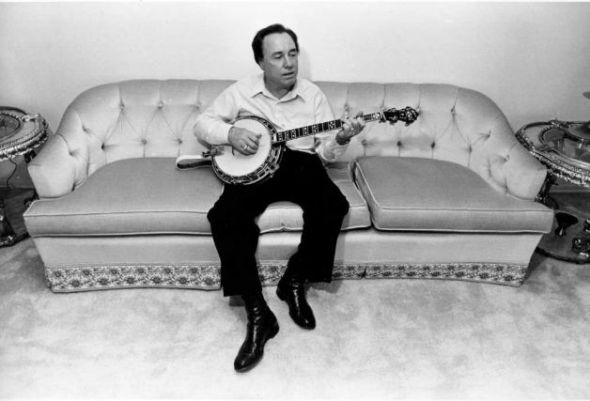Summer conference report: RSA/Computers & Writing
I returned earlier this week from two nearly back-to-back conferences: RSA in Philadelphia and Computers & Writing in Raleigh (NC State). Attending both was exhausting and so I’ve been in recovery mode for the last several days. However, both experiences were unique and rewarding in a variety of ways. And since there have been several interesting post-conference reports from scholars I admire, I thought I’d do a quick one of my own.
Much of my interest in sharing my own work here doesn’t really come from an intense desire to put these ideas in front of a wider public. They are very much in a proto-dissertation phase and representative of my ideas in their infancy (well maybe they’re toddlers by now) and they feel like messy drafts… They do represent, however, a bit of a break with the typical conference presentation genre and that is why I think they are worth sharing.
I’ll start with RSA. From what I could tell, and of the three conferences that I attended this year (Cs, C&W, RSA), rhetoricians at RSA remain ensconced by the traditional sit-and-read-a-paper presentation style. This seems strange to me. And to be fair, there are variations: many papers I saw were read with PowerPoint or some other presentation software to highlight pieces of the talk with visuals and quotes (a style that is ubiquitous at Cs), and there were a few good extemporaneous-ish talks given from an outline or notes (I saw two bombed attempts at this, though–it’s not easy!). I only saw a couple multi-modal presentations/panels, but they were usually very compelling. For example, I enjoyed the panel titled “RHETORICAL REMAINS: AFFECT, ENACTMENT, AND THE LIVING DEAD” with talks from Kerry Banazek, Erin R. Anderson, Anne Frances Wysocki, and Jamie Bianco. Each of these scholars used different combinations of image, sound, and text in their presentations. Some had lovely digitally mediated artifacts for us to look at and listen to (I especially liked Erin Anderson’s digital work with oral histories). Also of note here was the panel titled “OBJECT-ORIENTED RHETORIC: THE CASE OF THE BENJAMIN FRANKLIN BRIDGE” — especially Jim Brown’s talk which seemed almost interactive and included some great video and visuals we watched while listening to him speak. I was also impressed by Jim’s absentee Prezi he gave for an evening reception on publishing. Great stuff.
My presentation was also atypical. This was born, mostly, of necessity: I wanted to be able to queue music as both a back-up element and as direct reference material. Doing so while I was speaking would have been very difficult and would have distracted, I think, from the other pieces of the narrative. I decided kind of last minute (a few days before the presentation) to record myself reading my paper (Yes, I’m also enmeshed in the tradition. I’ll rethink the reading part in the future, I think). Doing so gave the talk a kind of podcast feel and made integrating other audio elements into the presentation much easier. It also allowed me to focus on the aural, which given my scholarly interests, worked well. My panel presented late in the conference and at an early hour, 8:00 AM on Monday morning, so we had only three people in the audience (all were friends of panel members). I asked one what she thought about my different approach. She replied tentatively. She had never heard anything like it done before and admitted that because it was a recording, it wasn’t as easy to stay focused. I get that.
Based on this critique, future work in the mode will include working on ways to keep things more lively. The obvious thing here would be to take advantage of the fact that having a recording at a live presentation creates the potentiality of having interactivity between me and the recording. I thought about doing a little of this during my presentation at RSA — reading along and in sync with pieces of it for emphasis, but that just felt weird. There are lots of things to think about here and I am very excited to continue exploring here.
__
Computers & Writing, on the other hand, seems more open to innovative presentation styles and good at modeling them. My presentation was part of a wonderful panel of similarly minded sound scholars and was titled: “Ways of (Sonic) Being: Composing and Performing Sonic Rhetorics”. My fellow-presenters, Kyle D. Stedman, Steven Hammer, and Harley Ferris, gave amazing (and smart!) presentations. I’ve not stopped thinking about them since, in fact.
My piece, as I’ve described it since, has felt strange to try relate. I, uh, played guitar and sang several songs while a video I prepared played behind me. Yeah, I, ahem, sang songs as part of an academic presentation. The impetus here was to get folks thinking about the intersections of vernacular and popular musics and the ways that each blend together when we make them part of our own narratives. I also wanted to explore the ways that musicians become public rhetors when they perform, especially when they encourage participation from the audience. My dissertation will work to address these issues but from a historical perspective that I fear will at times distract from the immediacy of the actual experience of being affected by music and the rhetorical agents singing/playing it. I wanted to bring that experience back to its intended space (and as such, the video below doesn’t really do what the live presentation did. It was only about 50% of what actually happened in the room).
You can view the entire presentation/performance here, care of Dan Anderson.
The important question here, I suppose, is one of expectations. What do we expect when we sit down for a conference presentation? What are we hoping to experience? Might the “experience” distract from the clarity of the expected argument of the presentation? How does that differ from our experiences with the scholarship that we read and seek to publish? More importantly for me, in what ways (and in what places) will the two blend together in our scholarly futures?



